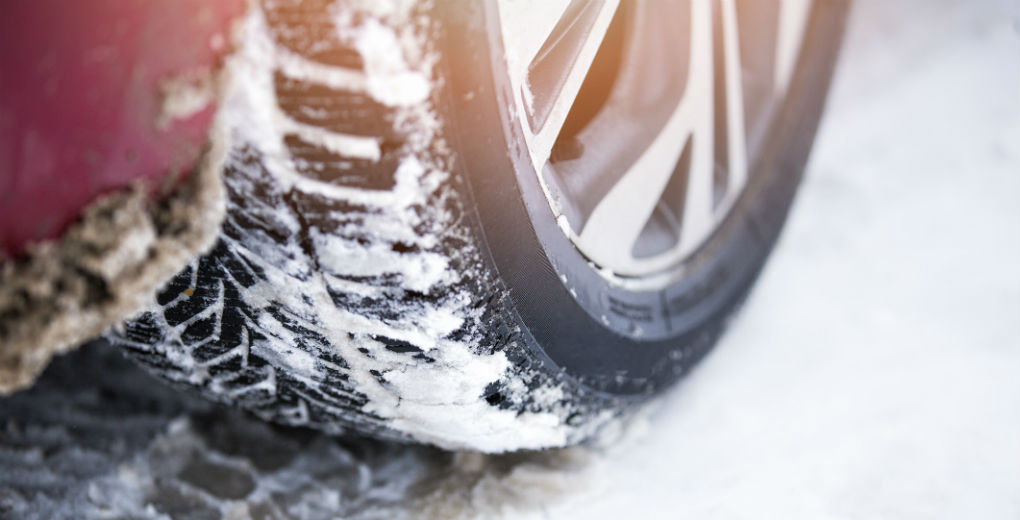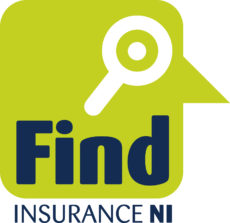
Winter driving tips from Northern Ireland’s Car Insurance experts
Car Insurance broker Find Insurance NI’s advice for driving in the winter months.
As we head into the winter season and the night’s draw in and morning commutes are in the dark. It’s important to get your car-ready and also your mindset for safer driving.
At Find Insurance NI we have the expertise of over 45 years in the car insurance industry and we know all about safer driving.
GET YOUR CAR READY
1. Get your car winter serviced.
It might sound obvious but get it done before the winter, especially if it has been a over a year. It also helps in general to slow-down!
2. Check the battery.
The battery should be the first priority, during the winter months it suffers additional load strain from cold temperatures – reducing the output – and the increased use of lights, heater and blower.
If your car is having problems starting get the battery checked out and replaced if necessary. If your car won’t start because of a flat battery, try giving it a jump start.
3. Top up engine coolant with antifreeze.
Engine coolant should be a 50/50 mix of water and antifreeze. You will need to top it up with antifreeze as it becomes diluted over time. If in doubt, consult a car mechanic or your local dealership.
4. Check the condition of your tyres.
As a car’s tyres are key to both steering and braking, it is essential they are in good condition. Check your tyres tread and depth. It is recommended a minimum of 3mm depth during the winter, compared to the legal minimum of 1.6mm, as this gives better grip.
You could also look at changing from summer to winter tyres, as these also offer increased group in snow slush or ice.
Also slow-down!
5. Clean your lights.
Check that all lights, indicators and rear reflectors are clean. Ensure fog lights work correctly. Failure to keep the car road legal could invalidate your car insurance.
6. Wash your windscreen and wipers.
Give your windscreen a thorough clean inside and out and top up your screen washer fluid with antifreeze. Run your finger down the wiper blades to check for damage or rough rubber.
7. Prepare for longer journeys.
Before setting off on a longer journey, check the weather forecast, travel news and safest routes. Clear all windows of snow and ice using a scraper and de-icer, and ensure you have antifreeze in your car.
8. Carry a winter car breakdown kit.
This should include a shovel, torch, blanket, hi-visibility vest, screenwash, food and drink supplies, scraper and de-icer, and snow grips for your shoes in case you need to walk to safety. And don’t forget a fully charged mobile phone.
9. Check your car insurance cover.
Comprehensive car insurance cover is crucial at this time of year and will give you the peace of mind of knowing you won’t end up stranded in the cold. So check your policy and remember to take a contact phone number with you on all journeys.
And remember to slow-down!
PREPARE YOURSELF FOR THE WINTER
1. Get those sunglasses on.
There’s nothing worse than driving and being blinded by the sun. In the winter months the sun is lower in the sky, and if its a clear day it can be pretty debilitating to drive with the full glare of the sun.
2. De-ice your windscreen.
Before going anywhere, it’s important that you’ve got a clear, unobscured view of the world.
Make sure your windscreen is clear. DO NOT POUR BOILING WATER OVER YOUR SCREEN. As this could crack the screen. Use an ice scraper. Use your front windscreen heater to help it defrost quicker. This might mean you get up that wee bit earlier.
3. Keep your distance.
Once on the road, stopping distances can be 10 times longer in ice and snow. To avoid rear-end collisions or more serious accidents, it’s vital to increase the space between your vehicle and the one in front. It also helps in general to slow-down!
4. Use your gears.
You can use your gears to adjust your speed. For example, pulling away in a higher gear can prevent you doing a wheel spin.
Conversely, you can use your gears to slow down too. This helps you keep control of your car.
If you are unlucky enough to skid, it’s advised to steer in the direction of the skid. Try not to brake or accelerate until you’re back in control.
5. Keep a constant speed on hills.
Hills can cause added problems when the roads are slippery. Avoid stopping part-way up by waiting until the road ahead is clear. Then try to keep a constant speed to avoid changing gear on the hill.
6. Watch out for leaves.
Some of the same rules apply to wet conditions as they do in icy conditions. For example, keeping your distance from the driver in front and dropping your speed.
Also watch out for leaves, which can be slippery when wet, and avoid hard acceleration or braking as it can cause skidding.
7. Run the air-conditioner.
In order to remove condensation and frost from the interior of windows, engage your air-conditioner and select the fresh air option: It’s fine to set the temperature on “hot.” Many cars automatically do this when you choose the defrost setting.
8. Beware of the dreaded “black ice.”
If the road looks slick, it probably is. This is especially true with one of winter’s worst hazards: “black ice.” Also called “glare ice,” this is nearly transparent ice that often looks like a harmless puddle or is overlooked entirely. Test the traction with a smooth brake application or slight turn of the wheel. If in doubt…. you know, SLOW DOWN!
9. Override automatic headlights
Many cars switch the lights on when it gets dark, but they can’t always tell when it’s raining, snowy or foggy, so you need to take control here.
10. Finally, ensure you have breakdown cover.
Critical at this time of year. And will give you the peace of mind of knowing you won’t end up stranded in the cold. Check your policy and remember to take a contact phone number with you on all journeys. If you are with Find Insurance NI, don’t worry as we have free breakdown cover as standard.
Did we say you should also slow-down?



